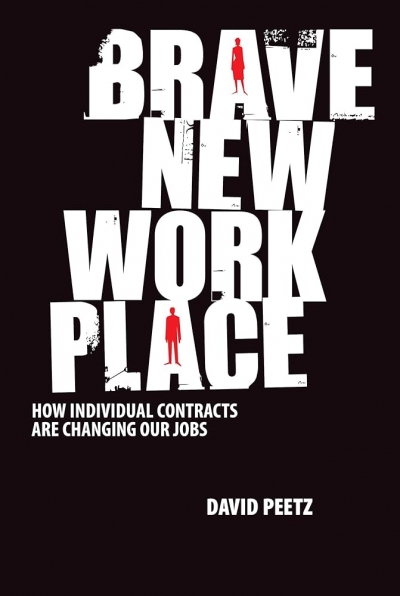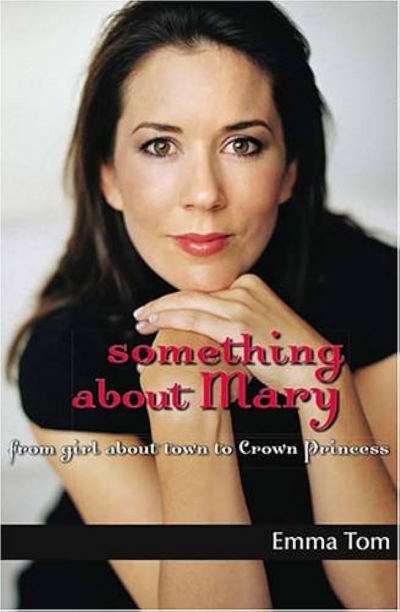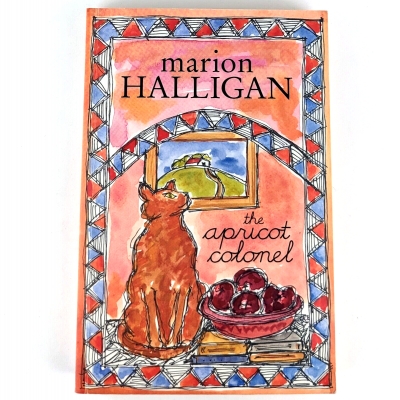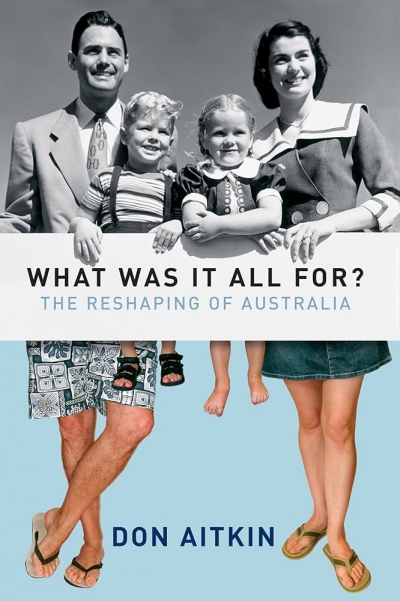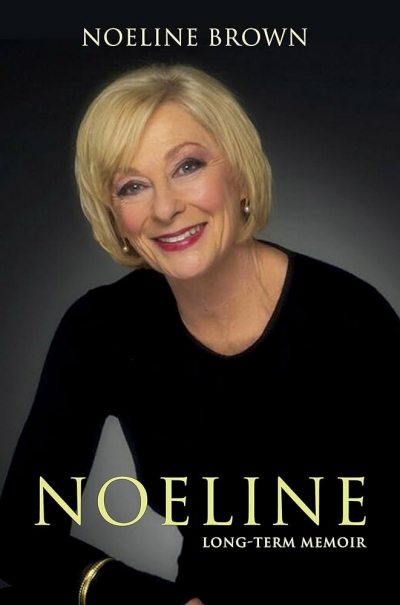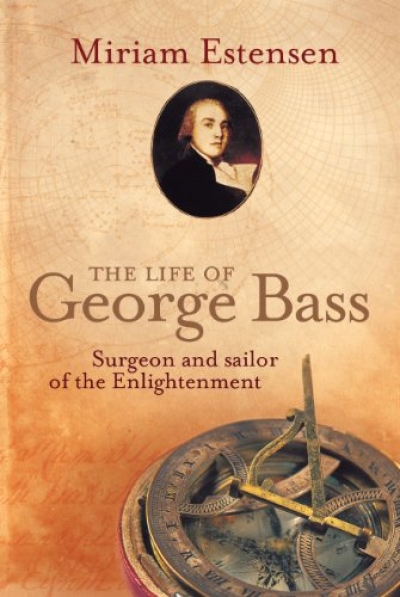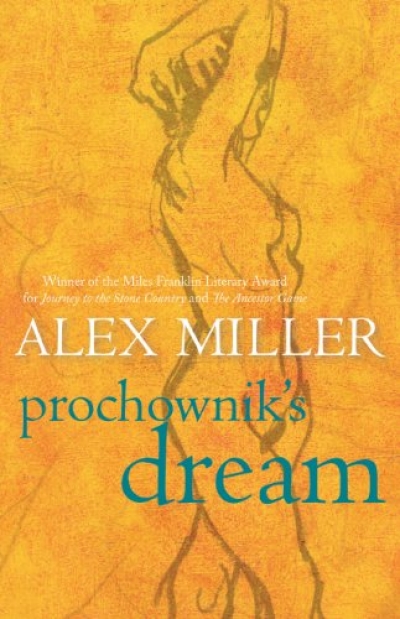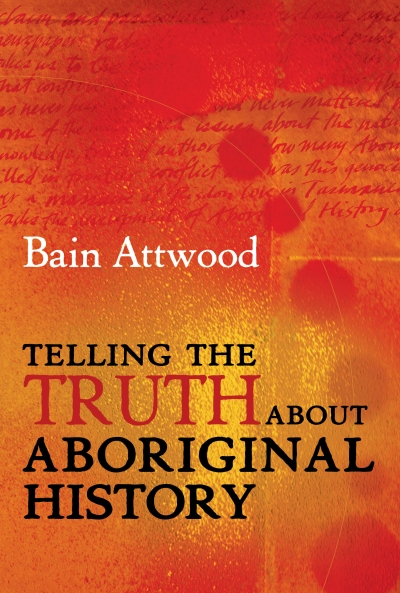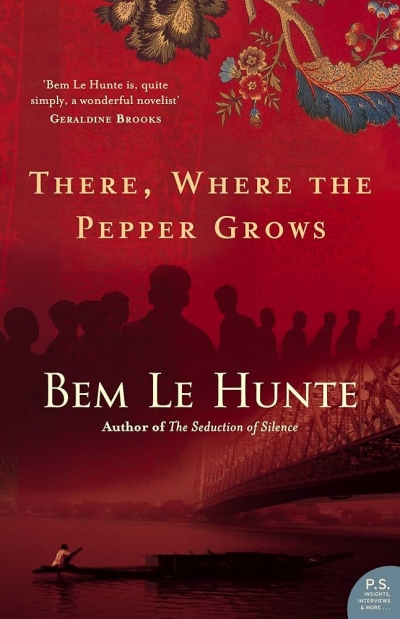Allen & Unwin
Brave New Workplace: How individual contracts are changing our jobs by David Peetz
by Peter Gahan •
Something About Mary by Emma Tom & Mary, Crown Princess of Denmark by Karin Palshøj and Gitte Redder (translated by Zanne Jappe Mallett)
by Simon Caterson •
What Was It All For? by Don Aitken & Australia Fair by Hugh Stretton
by Dennis Altman •
Noeline by Noeline Brown & Much Love, Jac X by Jacki Weaver
by Richard Johnstone •
The Life of George Bass: Surgeon and sailor of the enlightenment by Miriam Estensen
by Gillian Dooley •
Neal Blewett reviews 'Losing It' by Annabel Crabb, 'Loner: Inside a Labor tragedy' by Bernard Lagan, and 'The Latham Diaries' by Mark Latham
by Neal Blewett •
Although you might not guess it from media comment, The Latham Diaries (MUP, $39.95 hb, 429 pp, 0522852157) is the most important book yet published on Labor’s wilderness years. It provides a pungent characterisation of Labor’s post-1996 history; conveys a profound understanding of the challenges facing a social democratic party in contemporary Australia ...
... (read more)Telling the Truth About Aboriginal History by Bain Attwood
by A. Dirk Moses •
There, Where the Pepper Grows by Bem Le Hunte & Behind the Moon by Hsu-Ming Teo
by Lisa Gorton •

